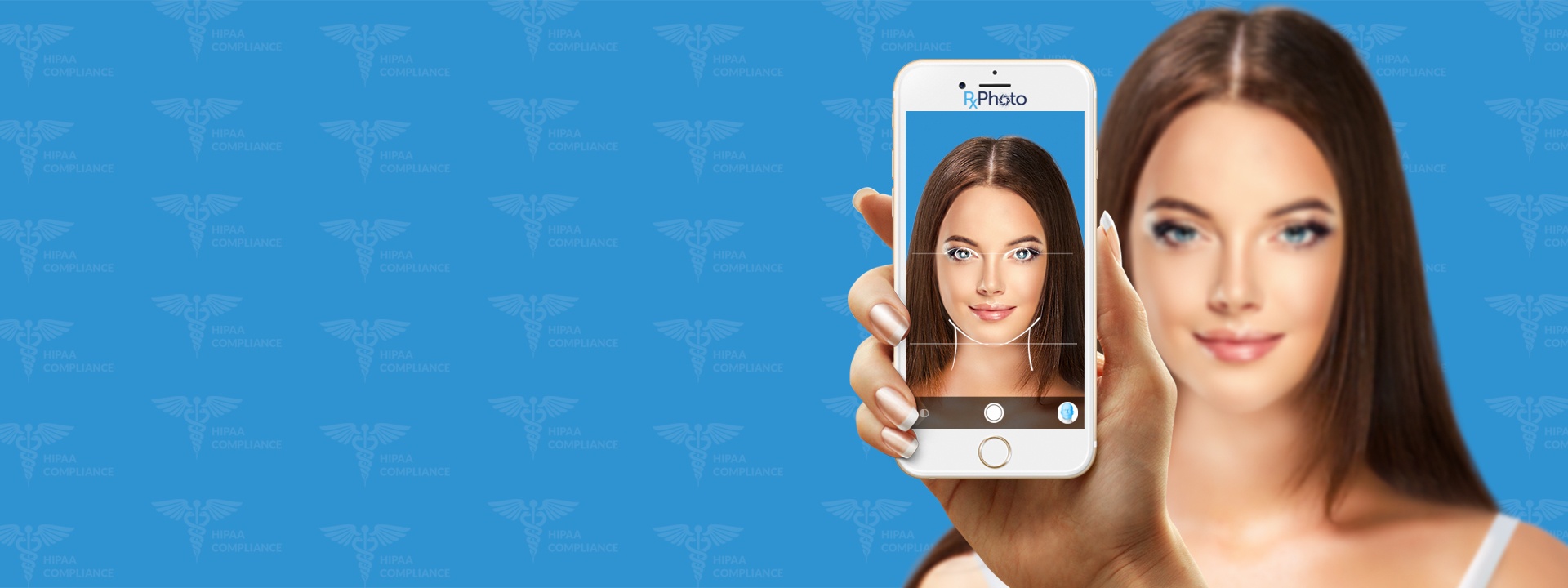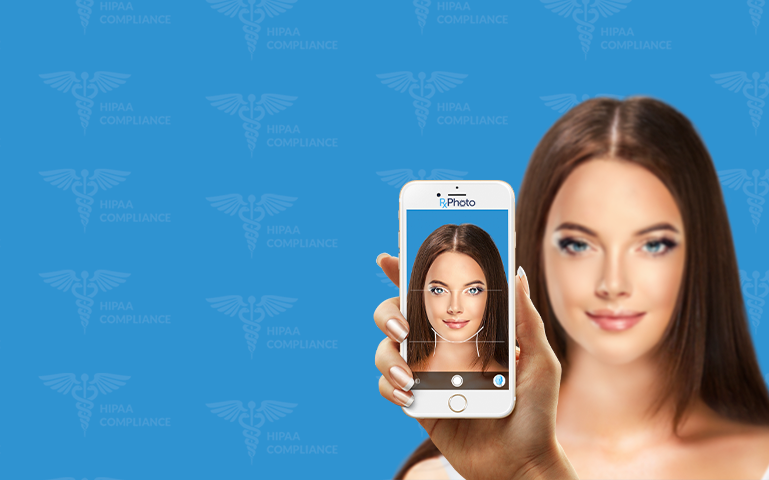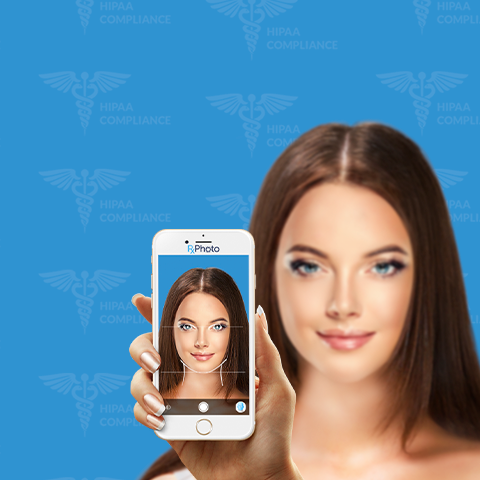Patient-generated data is the future of care, VA official says
By: Neil Versel | Jul 18, 2013
Patient engagement is on the minds of a lot of people in healthcare, spurred not only by a requirement in Stage 2 Meaningful Use regulations, but by imperatives to improve the quality of care and boost patient satisfaction. Some providers beginning to open their minds, but technical and cultural challenges stand in the way, according to a high-level panel at last week’s Healthcare Unbound conference in Denver, Colorado.
“The future is PGD – patient-generated data,” said Dr. Susan Woods, director of patient experience for connected health at the Veterans Health Administration. “The voice of the patients and the caregivers has never been louder.”
Clinicians who resist growing demand to cede some of their authority and to accept health data from patients would be wise not to ignore changing expectations, for the sake of better care, Woods suggested. “Transparency breeds trust. Trust between patients and clinicians breeds outcomes,” she said.
The approximately 200 people who came to Denver for the 10th annual Healthcare Unbound already are well-versed in new technologies and emerging paradigms. Still, Lygeia Ricciardi, director of the Office of Consumer eHealth in the federal Office of the National Coordinator for Health IT, was pleasantly surprised by the thoughts of one physician in attendance.
After Dr. Kenneth Joslyn, a healthcare quality consultant from Plymouth, Minnesota, said he was more concerned with the “extraneous” nature of clinician-entered data in electronic health records than with information supplied by patients, Ricciardi smiled. “That’s so refreshing,” she said.
Leslie Kelly Hall, senior vice president of policy at consumer-focused health content developer Healthwise, said that it is essential to have structure to health data – not just plain text – to help physicians “separate wheat from chaff.” She believes taxonomies are less than ideal right now and must improve, but that should not preclude doctors from wanting to know as much as possible about their patients’ health. “Initially it will be messy, but isn’t it better to know?”
Stage 2 of Meaningful Use, the federal incentive program for providers to adopt electronic health records, requires hospitals and physician offices to offer at least 50 percent of their patients’ electronic access to their own medical records. At least 5 percent of patients actually have to view or download their records, either through portals, personal health records or an interface such as Blue Button, making patient engagement a necessary part of Meaningful Use compliance.
Blue Button, a program with roots in the VA, initially output unstructured text, but an offshoot called Blue Button Plus adds structure and formatting, acting as kind of an application programming interface for software developers. Ricciardi has previously suggested that Blue Button Plus could be part of Stage 3 Meaningful Use regulations, which will not take effect before 2016, or possibly later.
The format is important, but so is how clinicians and patient alike apply data to actual care. Health insurers have long encouraged the development of care plans, and Medicare, through Meaningful Use, is starting to require such plans for some patients. But Erin Mackay, associate director for health IT programs at the National Partnership for Women and Families, a left-leaning advocacy group that promotes wider access to healthcare services, said that the definition of a care plan needs to change, and freer flow of data can be the impetus.
“Our concept of a care plan as fixed in time is outdated and ineffective,” Mackay said. “What consumers really want is [a platform and dialog for] ongoing, bidirectional care.”
Woods said that quality of the data matters as well. “Blue Button is a concept. The most important thing is what’s behind the door. If it’s just your allergy list, it ain’t good enough,” the VA representative said.
But data sharing at least is a good start. “Sharing physician notes is a quality improvement,” Woods said, noting that two-way data exchange between provider and patient really is in its infancy. She compared the current state of affairs to the early days of television, when everything was in black-and-white. “I’m optimistic my kids will get color TV.”





